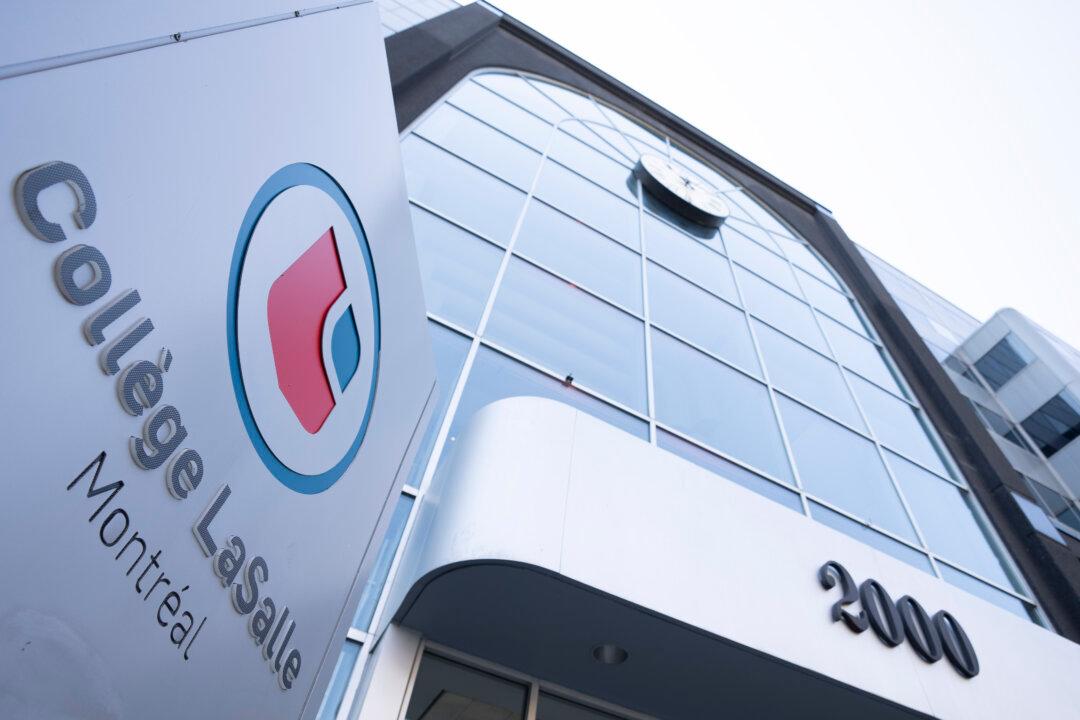Defence Minister Anita Anand met with allies on Wednesday to discuss reinforcing a Canadian-led battlegroup in Latvia with thousands more soldiers, even as uncertainty swirled around what this country can—and will—provide.
Anand revealed the discussions while attending a NATO defence ministers’ meeting in Brussels, where she announced another $47-million worth of military aid for Ukraine, including winter clothing, artillery shells and specialized drone cameras.





